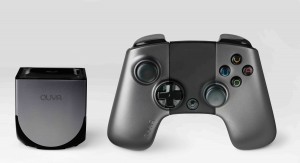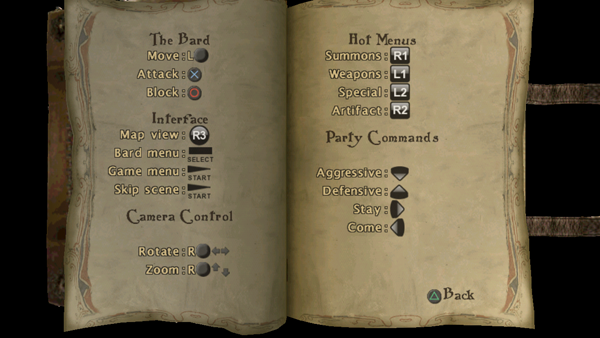“It is not the critic who counts; not the man who points out how the strong man stumbles, or where the doer of deeds could have done them better…” – Theodore Roosevelt (full quote)
After a year long soup-to-nuts development and production cycle, the OUYA console has finally been unleashed unto the world.
Rather, the OUYA has been dumped into a vicious pit of hit-hungry web reviewers so desperate for ad revenue they eschew actual journalism in favour of follow-the-leader ‘shock value’ negative reviews and haughty, snide tirades.
But this is nothing new. That’s how some critics and reviewers make their money – by entertaining, and not by being accurate or even smart for that matter. They thrive on carousing jeers and publicly belittling others. In essence, are more concerned about profits or their own agenda than credibility or integrity.
This kind of mass lamb-basting has reared its ugly head at least two other times in the past couple of years. First with Duke Nukem Forever, and then with the Microsoft Surface RT. In both cases, many web and even print reviews followed the same skeletal framework, and dismantled the products point-by-point, often rife with the same factual inaccuracies – proving to the public that many ‘reviewers’ had simply not even used the products they were reviewing. Some retracted their articles when they were called out publicly, most just shrugged it off.
I’ve been following the OUYA for close to a year, and like the Duke and Surface RT, it’s a polarizing product. Long before release, articles, blogs and forum comments either praised it as the second coming, or derided it as a useless device for ‘n00bz’ or ‘lame casuals’ (referring to casual gamers).
So herein, dear readers, lies our daily lesson in human psychology, and hopefully a little reminder about reviews, “shock journalism” and web revenue:
-
Too positive: For 90% of products, a completely positive review is probably a paid message – whether directly or not – or someone so excited over a product they are unconsciously ignoring the annoyances. Another possibility is that the reviewer did not spend enough time with the device, or use it a meaningful way. This is often a habitual, recognizable pattern, so watch for the all-too-positive writers. A lot of Apple reviews fall into this category.
- Belittling: When the reviewer goes beyond examination of the actual product and how buying it will affect you, they have some sort of agenda – even if they don’t know it. For example, personally berating the team at OUYA is a mechanic to either garner shock-value hits (revenue) or overcome the writers own insecurities (classic bullying). When you see this mechanic used, steer clear as you can be sure the review has no real value to you.
-

Follow-the-leader reviews are probably the least reliable, as the writer may have never touched the product.
Bandwagon: Writers ‘follow the crowd’, and can often be seen to use the same root or skeleton framework for their review – even copying the inaccuracies. The problem is rampant with cult-like brands and the almost religious zealotry associated with the same – such as Apple or Call of Duty games. You’ll notice these as you read a few reviews on the product you’re researching. Steer *very* clear of these, as it’s proof positive they’ve hardly touched the product – if at all.
Really, every writer falls into these traps to some extent from time to time. We get excited and focus on the good. We get burned and focus on the bad. But the good ones see it happening and change course, either through an update or even a full rewrite if they’ve gone too far. Find 3 or 4 reviewers you, over time, deem trustworthy, and hit them up first.
And now back to the poor, battered, OUYA, the latest victim in the mass-bullying mentality. I’m not saying the OUYA is a great console, and I’m not saying it’s for everyone, but please, dear readers, do your research and blacklist the shock-value writers who want to make you feel good wallowing in self-righteous anger.
Oh, and as for the OUYA – is it any good? You know, it’s not bad for what it is, and what it’s meant to be. It’s a good emulator, an OK game console and a very capable media player if your media is stored on a NAS. The best thing you can do is put on your shiny, clear skeptic’s goggles before diving into *any* review, and be sure to give those soapboxers, bullies and copycats a wide, wide berth.






 I love the modern reboot of The Bard’s Tale (talking about
I love the modern reboot of The Bard’s Tale (talking about